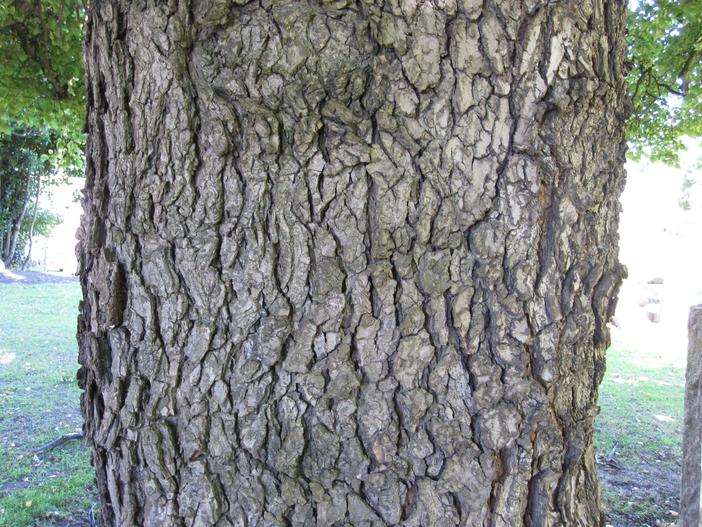English Elm
(Ulmus minor subsp. procera)
English Elm (Ulmus minor subsp. procera)
/
/

Max Coleman
CC BY-SA 4.0
Image By:
Max Coleman
Recorded By:
Copyright:
CC BY-SA 4.0
Copyright Notice:
Photo by: Max Coleman | License Type: CC BY-SA 4.0 | License URL: https://creativecommons.org/licenses/by-sa/4.0 | Uploader: Tom elm | Publisher: Wikipedia Commons




Estimated Native Range
Summary
Ulmus minor subsp. procera, commonly known as English Elm, is a deciduous tree native to a variety of habitats including floodplains, woodlands, and grasslands across Europe. It typically grows at a moderate rate to heights of 50-115 feet (15-35 meters) with a spread of 40-70 feet (12-21 meters). The English Elm has a rounded canopy with dense foliage and a distinctive, ridged dark gray bark. Its leaves are oval with a serrated edge and a lopsided base. The inconspicuous flowers are green to red, appearing before the leaves in early spring, and are followed by winged seeds known as samaras.
The English Elm is valued for its adaptability to urban conditions, making it suitable for street and park planting. It is also used for creating screens or hedges due to its dense foliage. The tree is known for its tolerance to air pollution and its ability to thrive in a range of soil types, including clay, loam, and sandy soils, provided they offer medium to fast drainage. It requires medium amounts of water and can grow in full sun to part shade. However, the English Elm has been severely affected by Dutch elm disease, which has led to its decline in the wild and in cultivation. It is also potentially invasive outside its native range, so gardeners should check local regulations before planting.CC BY-SA 4.0
The English Elm is valued for its adaptability to urban conditions, making it suitable for street and park planting. It is also used for creating screens or hedges due to its dense foliage. The tree is known for its tolerance to air pollution and its ability to thrive in a range of soil types, including clay, loam, and sandy soils, provided they offer medium to fast drainage. It requires medium amounts of water and can grow in full sun to part shade. However, the English Elm has been severely affected by Dutch elm disease, which has led to its decline in the wild and in cultivation. It is also potentially invasive outside its native range, so gardeners should check local regulations before planting.CC BY-SA 4.0
Plant Description
- Plant Type: Tree
- Height: 50-115 feet
- Width: 40-70 feet
- Growth Rate: Moderate
- Flower Color: N/A
- Flowering Season: Spring
- Leaf Retention: Deciduous
Growth Requirements
- Sun: Full Sun, Part Shade
- Water: Medium
- Drainage: Medium, Fast
Common Uses
Natural Habitat
native to a variety of habitats including floodplains, woodlands, and grasslands across Europe
Other Names
Common Names: Common Elm, Atinian Elm
Scientific Names: , Ulmus minor subsp. procera, Ulmus anglica, Ulmus atinia, Ulmus berandii, Ulmus campestris subsp. procera, Ulmus campestris var. australis, Ulmus minor subsp. tortuosa, Ulmus minor subsp. tortuosa, Ulmus procera
GBIF Accepted Name: